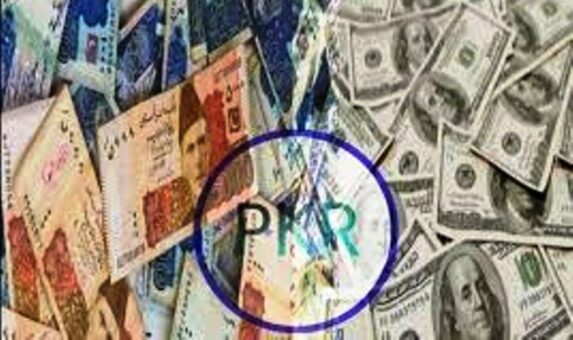KARACHI: The Pak Rupee gained 13 paisas against dollar on Friday owing to improved inflows of remittances and lower demand for import payments.
The rupee ended Rs156.83 to the dollar from previous day’s closing of Rs156.96 in interbank foreign exchange market.
The foreign currency market was initiated in the range of Rs156.80 and Rs156.90. The market recorded day high of Rs156.98 and low of Rs156.80 in interbank foreign currency market.
The exchange rate in open market remained unchanged. The buying and selling of dollar was recorded at Rs155.70/Rs156.70, same previous day’s closing, in cash ready market.
